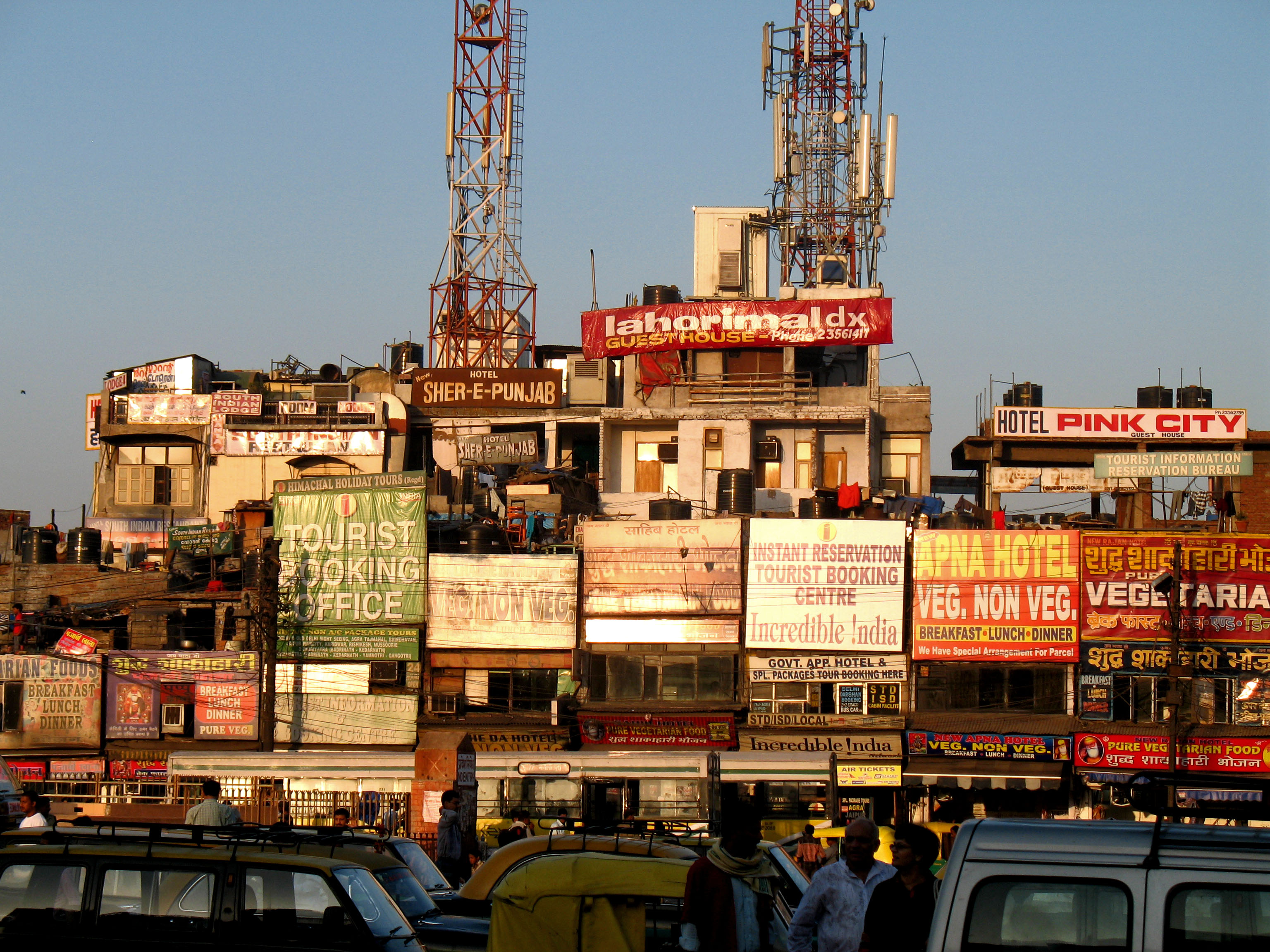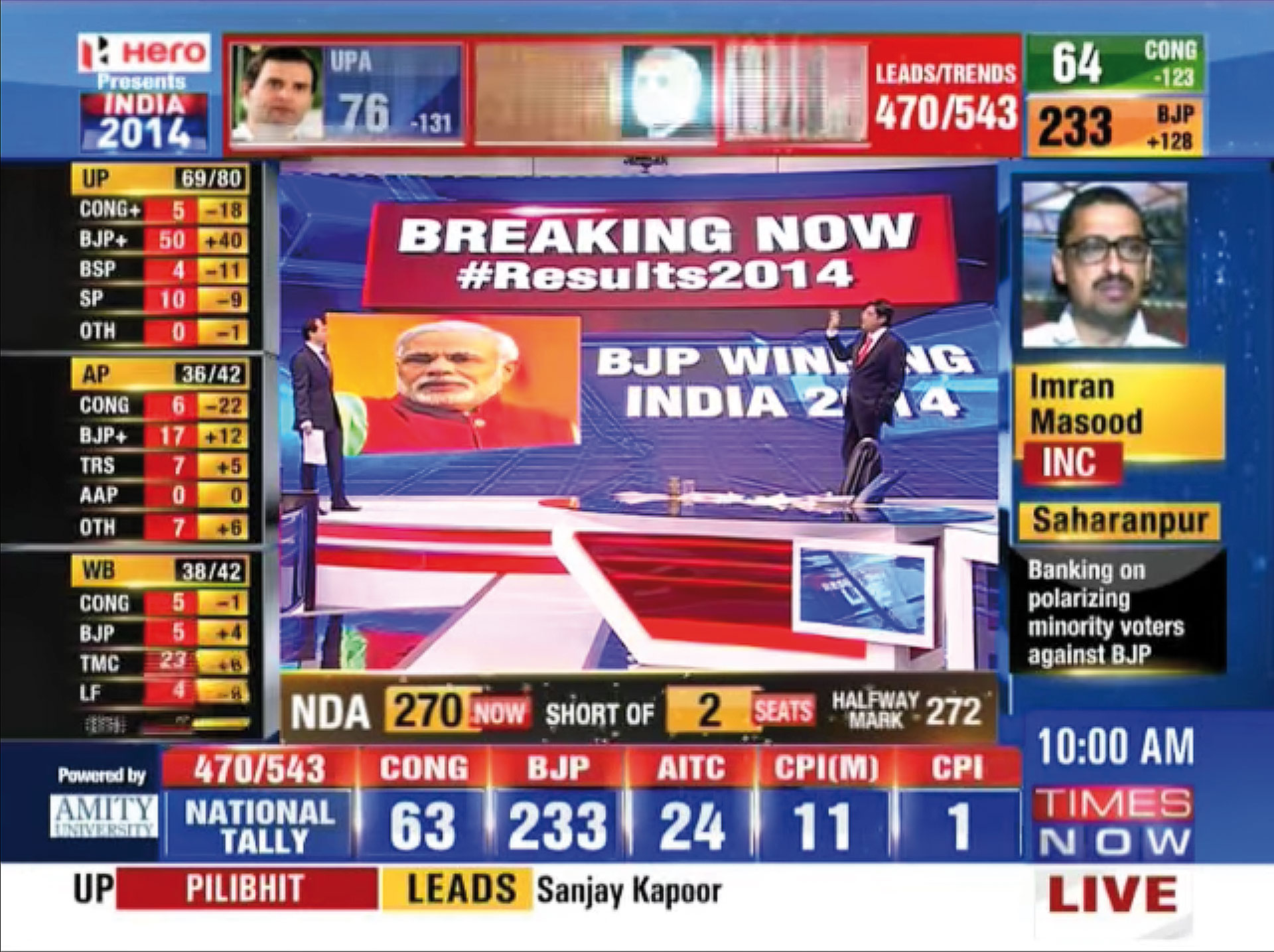To Clutter, With Reason and Love
“Clutter,” said the Grandiosely Opinionated Deviant, (GOD) “is a master theme of Indian visuality.” He adjusted a pair of futuristic-looking hospital-issue dark glasses, an odd presence in the restaurant we were in. Recovering from eye surgery, he’d asked—summoned, really—my help with making notes and drafting a paper on aesthetics.
Clutter, really? I asked, thinking aloud.
“Clutter, is a master theme of Indian visuality.”
Visual clutter, said GOD, resists precise specification but there are Rules. The First, he said, counting with his fingers, is High Spatial Density, or a crowd of elements. Second, A Narrow Spectrum of Importance: elements are scattered around the ‘middle’ of the importance spectrum, not in groups of equal importance. And no single element dominates. Third, Locally Bounded Organisation: no organising principle is visible, except in a partial region. Fourth, a High Specification Density—multiple colours, sizes, shapes, lettering. Fifth, High Level Clutter involves multiple themes, and codes (that charming cluster of fridge magnets satisfies all the rules except this one).
Knowing GOD’s distaste for pseudo-mathematical formulations, I suspected satire, but his black glasses ensured an opaque expression.
Having used up all five fingers, said GOD, now for some Postulates. One, nature is never cluttered, however wild. And Two, clutter is not intentional, but a result of lack of intent.
One, nature is never cluttered, however wild. And Two, clutter is not intentional, but a result of lack of intent.
Postulate Two suggests that urban clutter reflects the absence of a civic impulse and sufficient capabilities of orchestration. Postulate One recognises clutter as essentially urban. Purely tribal or rural environments are only cluttered by urban contact, since they have been adapted to natural systems, over centuries.
So clutter, (and its nastier cousins, squalor and ugliness) may be a consequence of the fracture created by economic energy greatly exceeding the formation of social consensus or culture to manage and accommodate change. We can build cities and machines much faster than we can adapt to them socially.
Clutter, may be a consequence of the fracture created by economic energy greatly exceeding the formation of social consensus
Our visuality is shaped by our environment, which is shaped by us. It’s a cycle, he said, tracing a finger around the edge of his empty plate.
Our visuality is shaped by our environment, which is shaped by us. It’s a cycle.
That rash of a hundred signboards you see on every street, but no longer notice? They’re a result of what was imprinted on you as you grew up. And your inurement to your surroundings is a part of you.

Signboards on every street, around the city. Clutter as an alternate facade.
Here, GOD went into a brooding silence. I wonder, he finally said, if we just tolerate clutter, busy-ness, noise, and its other forms, or actually like it? Do we find it useful, comforting, even enabling?
Successful TV news channels are the most cluttered, he said, gesturing to a wall-mounted TV which showed an anchor scolding a politician. Times Now, he said, has zoomed past veteran NDTV, which responded with a low-clutter, white and red scheme. Its election graphics are clear and focused, while Times Now’s are crowded, garish and make me look for the data in the clutter.

Times Now on an election results day. The more data, the better.
Yet, clutter wins. I watched a colleague, said GOD, watch an election results show who seemed baffled by the clarity of the NDTV graphic, asking, where’s the data?
Clutter seems to correlate with success, and Mario Garcia, the international news design consultant, says that Indians like their news busy. Though Fox News easily out-clutters and outsells its rivals, too.
Clutter seems to correlate with success, and Mario Garcia, the international news design consultant, says that Indians like their news busy.
Now, what does that say about us?
We can mine clutter to excavate its functional, emotional and symbolic sides. News presentation in India trends towards more, shorter stories, more entry points, a larger menu—that’s a functional argument for clutter.
So is, curiously, that state election campaign poster, did you see the one outside? In a developed country it would focus on the message and its sender. Ours are a throng: six politician’s heads, names, designations, dates, venues, party symbol, slogans floating in a steaming soup of saffron, white and green. Clutter at its best.

Political Party posters
That poster, said GOD, isn’t meant to convey an election promise. It asserts the power that flows from local and national support: oppose at your risk. The protocol of precisely sized heads reflects both the power and how it is shared.
Clutter also promotes flexibility, avoids commitment, and keeps things moving—for today.
Clutter also promotes flexibility, avoids commitment, and keeps things moving—for today.
Next, we experience clutter as value for money; there’s always place for a third person on the two-wheeler. It feels like the little extra we crave. We eat cluttered; a bit of pickle, a bite of onion, and another of green chilly chasing the food already in our mouths.
It’s reassuring; a cluttered store telegraphs economy and freedom from cunning artifice.
Symbolically, clutter is democratic! announced GOD, tapping a fork like a judge’s gavel. All citizens are equal before the (lack of) law; all are enabled when they steal a public good like visual access or order. My right to an obstructive, unsanctioned signboard is equal to yours (or more equal).
Anti-clutter, to coin a phrase, is the Western ideal. Its manner seems bare and sterile to us, like a sort of poverty. Less is a bore! Clutter is fecund and in a perverse way like our traditional art which pictures fullness and plenty. So do our old temples, which are ornate but not cluttered. But step inside, and behold the deity, cluttered with signs of love and power! No splendidly forlorn, untouchable Christ for us.
Anti-clutter, to coin a phrase, is the Western ideal. Its manner seems bare and sterile to us, like a sort of poverty. Less is a bore!
Anti-clutter’s honouring of a central object seems egotistical and oversure [the second Rule]. We like monuments, too, but to soar above the clutter, but not address it. Agra counterbalances the Taj Mahal, Mumbai’s modest parts are an antidote to Antilla.
At this, GOD lowered his black glasses. Through red, swollen eyes he blinked painfully at the sight of the restaurant. I followed his gaze. When I turned to look at him again, there was a flash of light and he was gone. On his plate were some withering rose petals and broken marigold flowers. I swear.
______________________
First published in a slightly modified form ‘the laws of Clutter’ in Business Standard, 27 August, in Deep Design, a fortnightly column by Itu Chaudhuri.

